Vinegar uses around the home are more extensive than you might think! I’m constantly amazed by the versatility of this humble household staple. Forget expensive, chemical-laden cleaners – vinegar is your eco-friendly, budget-conscious superhero, ready to tackle a surprising number of tasks.
From ancient civilizations using it for preservation to modern-day chefs incorporating it into culinary masterpieces, vinegar has a rich history. But did you know it’s also a powerhouse when it comes to DIY projects and home hacks?
In today’s world, we’re all looking for ways to simplify our lives, save money, and reduce our environmental impact. That’s where these amazing vinegar uses around the home come in. I’m going to share some of my favorite DIY tricks that will not only make your life easier but also help you create a healthier, happier home. Get ready to be amazed by the cleaning, deodorizing, and even gardening power of this everyday essential!
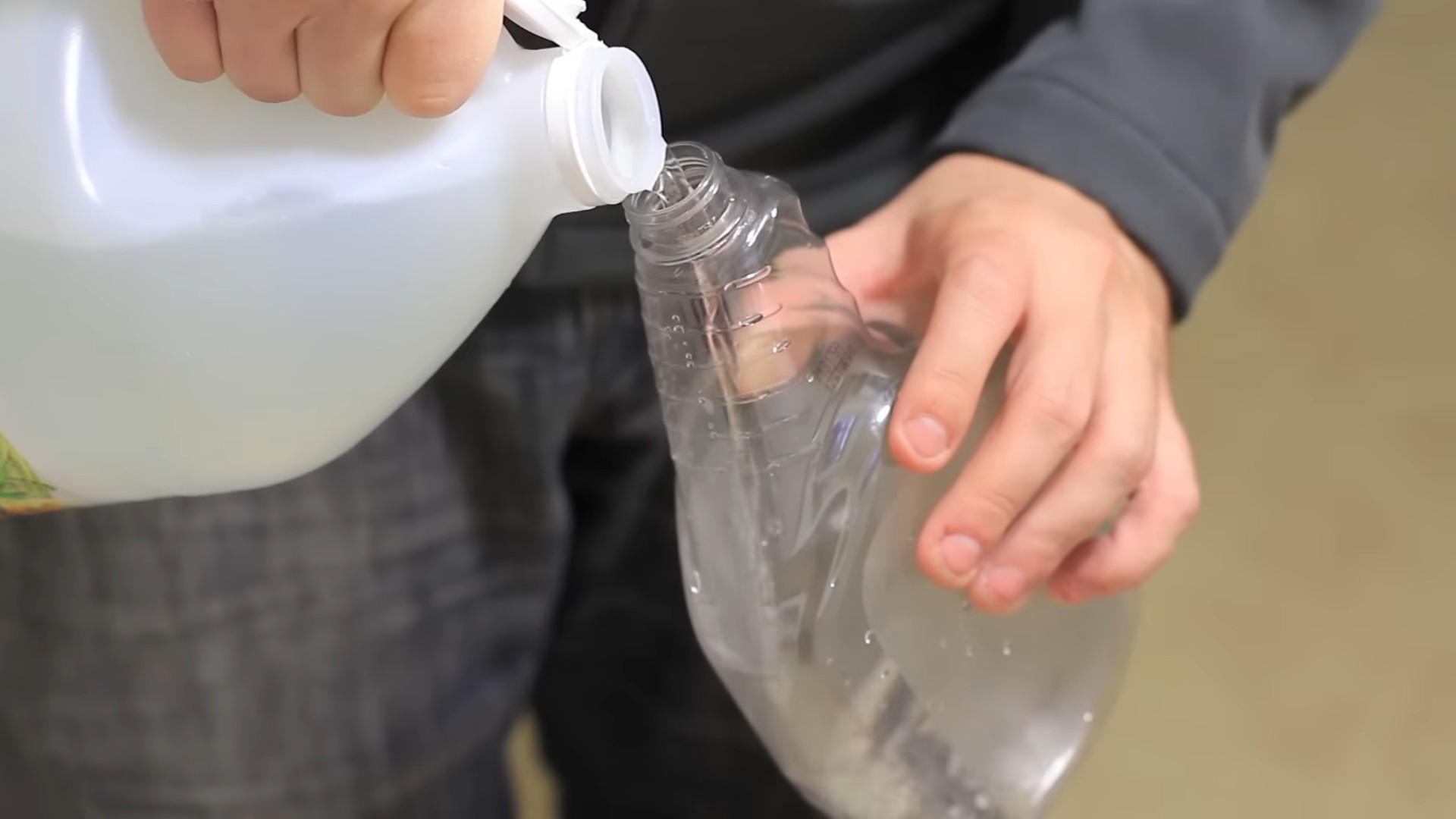
Unlocking the Cleaning Power of Vinegar: Your Ultimate DIY Guide
Hey there, fellow DIY enthusiasts! I’m so excited to share my favorite vinegar hacks with you. Vinegar is truly a miracle worker around the house, and it’s incredibly affordable and eco-friendly. Forget those harsh chemicals – let’s dive into the world of vinegar cleaning!
General Vinegar Cleaning Tips
Before we get into specific projects, let’s cover some essential vinegar ground rules:
* Dilution is Key: Always dilute vinegar with water, especially on delicate surfaces. A 50/50 solution is generally safe for most applications.
* Test First: Before applying vinegar to a large area, test it on a small, inconspicuous spot to ensure it doesn’t damage or discolor the surface.
* Avoid Certain Surfaces: Don’t use vinegar on natural stone surfaces like marble or granite, as it can etch them. Also, avoid using it on waxed wood furniture, as it can strip the wax.
* Ventilation is Important: While vinegar is natural, it does have a strong odor. Open windows or use a fan to ensure proper ventilation while cleaning.
* White Distilled Vinegar is Your Best Friend: This is the most versatile and affordable type of vinegar for cleaning.
Cleaning Your Kitchen with Vinegar
The kitchen is a breeding ground for germs and grime, but vinegar can tackle it all!
Cleaning the Microwave
Microwaves can get pretty gross with splattered food and lingering odors. Here’s how to clean yours with vinegar:
1. Prepare the Solution: In a microwave-safe bowl, mix 1 cup of water and 1/4 cup of white distilled vinegar.
2. Microwave the Mixture: Place the bowl in the microwave and heat it on high for 3-5 minutes, or until the solution boils and the microwave is filled with steam.
3. Let it Sit: Leave the door closed for another 5-10 minutes to allow the steam to loosen the grime.
4. Wipe it Clean: Carefully remove the bowl (it will be hot!) and wipe down the inside of the microwave with a clean cloth or sponge. The grime should come off easily.
5. Clean the Turntable: Remove the turntable and wash it with warm, soapy water. You can also soak it in a vinegar and water solution for extra cleaning power.
6. Dry and Reassemble: Dry all the components thoroughly and reassemble the microwave.
Cleaning the Coffee Maker
Over time, mineral deposits can build up in your coffee maker, affecting the taste of your coffee. Vinegar to the rescue!
1. Prepare the Vinegar Solution: Fill the water reservoir of your coffee maker with a 50/50 solution of white distilled vinegar and water.
2. Run a Brewing Cycle: Turn on the coffee maker and let it run through a full brewing cycle.
3. Rinse with Water: After the vinegar cycle, run two or three cycles with fresh water to remove any lingering vinegar taste.
4. Clean the Carafe: Wash the carafe with warm, soapy water. For stubborn stains, you can soak it in a vinegar and water solution.
Cleaning the Dishwasher
Your dishwasher works hard, but it can also accumulate food particles and mineral deposits. Vinegar can help keep it clean and running efficiently.
1. Remove Food Debris: Make sure the dishwasher is empty and remove any large food particles from the drain.
2. Pour in Vinegar: Pour 1 cup of white distilled vinegar into a dishwasher-safe bowl and place it on the top rack of the dishwasher.
3. Run a Hot Cycle: Run the dishwasher on a hot cycle without detergent.
4. Repeat Monthly: Repeat this process once a month to keep your dishwasher clean and fresh.
Cleaning Cutting Boards
Cutting boards can harbor bacteria, so it’s important to clean them thoroughly. Vinegar is a natural disinfectant that can help.
1. Rinse with Soap and Water: After each use, rinse the cutting board with warm, soapy water.
2. Spray with Vinegar: Spray the cutting board with undiluted white distilled vinegar.
3. Let it Sit: Let the vinegar sit for a few minutes to disinfect the surface.
4. Rinse Again: Rinse the cutting board with warm water and let it air dry.
Cleaning Your Bathroom with Vinegar
The bathroom is another area that benefits greatly from vinegar’s cleaning power.
Cleaning Showerheads
Showerheads can get clogged with mineral deposits, reducing water pressure. Here’s how to clean them with vinegar:
1. Prepare the Vinegar Solution: Fill a plastic bag with white distilled vinegar.
2. Submerge the Showerhead: Secure the bag around the showerhead with a rubber band, ensuring that the showerhead is completely submerged in the vinegar.
3. Let it Soak: Let the showerhead soak in the vinegar for at least 30 minutes, or preferably overnight.
4. Remove and Rinse: Remove the bag and rinse the showerhead thoroughly with water.
5. Wipe Clean: Wipe the showerhead with a clean cloth to remove any remaining mineral deposits.
Cleaning Toilets
Vinegar can help remove stains and odors from your toilet bowl.
1. Pour in Vinegar: Pour 1-2 cups of white distilled vinegar into the toilet bowl.
2. Let it Sit: Let the vinegar sit for at least 30 minutes, or preferably overnight.
3. Scrub and Flush: Scrub the toilet bowl with a toilet brush and flush.
4. For Stubborn Stains: For stubborn stains, you can add 1/2 cup of baking soda to the vinegar and let it fizz for a few minutes before scrubbing.
Cleaning Shower Doors
Soap scum can build up on shower doors, making them look cloudy. Vinegar can help remove the soap scum and restore the shine.
1. Prepare the Vinegar Solution: Mix equal parts white distilled vinegar and warm water in a spray bottle.
2. Spray the Shower Doors: Spray the shower doors with the vinegar solution.
3. Let it Sit: Let the solution sit for 5-10 minutes to loosen the soap scum.
4. Scrub and Rinse: Scrub the shower doors with a sponge or scrub brush and rinse with water.
5. Dry with a Cloth: Dry the shower doors with a clean cloth to prevent water spots.
Other Household Uses for Vinegar
Vinegar’s versatility extends beyond the kitchen and bathroom.
Removing Stickers and Adhesive Residue
Vinegar can help remove stubborn stickers and adhesive residue from various surfaces.
1. Soak the Area: Soak a cloth or paper towel in white distilled vinegar and apply it to the sticker or adhesive residue.
2. Let it Sit: Let the vinegar soak for 5-10 minutes to soften the adhesive.
3. Peel or Wipe Away: Gently peel off the sticker or wipe away the adhesive residue with a cloth.
4. Repeat if Necessary: If the sticker or residue is particularly stubborn, repeat the process.
Freshening Laundry
Vinegar can be used as a natural laundry booster and fabric softener.
1. Add to the Rinse Cycle: Add 1/2 cup of white distilled vinegar to the rinse cycle of your washing machine.
2. Benefits: Vinegar helps to remove detergent residue, soften fabrics, and brighten colors. It can also help to eliminate odors.
3. Don’t Worry About the Smell: The vinegar smell will dissipate as the clothes dry.
Cleaning Windows and Mirrors
Vinegar can leave your windows and mirrors sparkling clean without streaks.
1. Prepare the Vinegar Solution: Mix equal parts white distilled vinegar and water in a spray bottle.
2. Spray the Surface: Spray the windows or mirrors with the vinegar solution.
3. Wipe Clean: Wipe the surface with a clean, lint-free cloth or paper towel.
4. Dry Immediately: Dry the surface immediately to prevent streaks.
Deodorizing Carpets
Vinegar can help to eliminate odors from carpets.
1. Prepare the Vinegar Solution: Mix equal parts white distilled vinegar and water in a spray bottle.
2. Spray the Carpet: Lightly spray the affected area of the carpet with the vinegar solution.
3. Let it Dry: Allow the carpet to air dry completely.
4. Vacuum: Vacuum the carpet to remove any remaining residue.
5. Test First: As always, test the solution on an inconspicuous area of the carpet first to ensure it doesn’t cause discoloration.
Reviving Leather Furniture
Vinegar can help clean and condition leather furniture.
1. Prepare the Vinegar Solution: Mix equal parts white distilled vinegar and water.
2. Dampen a
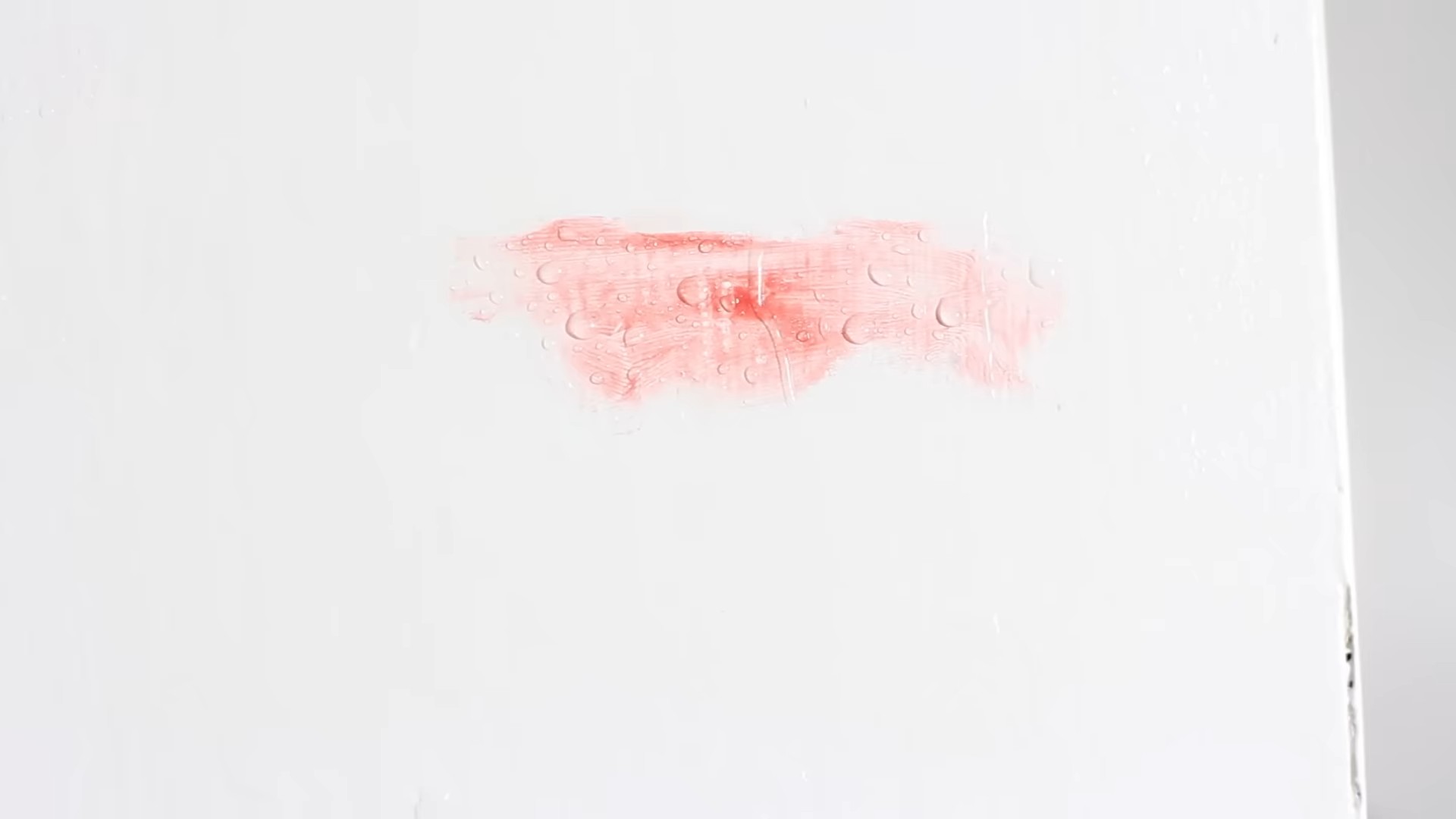
Conclusion
So, there you have it! Unlocking the power of vinegar around your home is not just a cost-effective alternative to harsh chemicals; it’s a step towards a cleaner, greener, and healthier living space. From banishing stubborn grime to revitalizing your laundry, the versatility of this humble ingredient is truly remarkable. We’ve explored a range of applications, proving that you don’t need a cabinet full of specialized products to tackle everyday cleaning challenges.
The beauty of this DIY approach lies in its simplicity and adaptability. Feel free to experiment with different concentrations of vinegar and water to find what works best for your specific needs. For instance, if you’re dealing with particularly tough stains, try pre-treating them with undiluted white vinegar before washing. Or, if you’re using vinegar as an air freshener, add a few drops of your favorite essential oil to create a custom scent that suits your preferences. Lavender, lemon, and eucalyptus are all excellent choices that complement the clean, fresh aroma of vinegar.
Don’t be afraid to get creative! You can even infuse your vinegar with citrus peels or herbs for added cleaning power and fragrance. Simply place the peels or herbs in a jar, cover them with white vinegar, and let them steep for a few weeks before straining and using the infused vinegar. This is a fantastic way to reduce waste and create a truly unique cleaning solution.
We understand that switching to a vinegar-based cleaning routine might seem daunting at first, but we encourage you to take the plunge and experience the benefits for yourself. Start with one or two of the applications we’ve discussed, such as cleaning your microwave or deodorizing your garbage disposal, and gradually incorporate more vinegar-based solutions into your cleaning routine. You’ll be amazed at how effective and easy it is to achieve a sparkling clean home with this natural powerhouse.
The key takeaway here is that vinegar uses are incredibly diverse and beneficial. It’s a safe, affordable, and environmentally friendly alternative to conventional cleaning products. By embracing this DIY approach, you’re not only saving money and reducing your exposure to harmful chemicals, but you’re also contributing to a more sustainable future.
We’re confident that once you experience the transformative power of vinegar, you’ll never look back. So, grab a bottle of white vinegar and start experimenting! We’re eager to hear about your experiences and any creative uses you discover along the way. Share your tips, tricks, and success stories in the comments below. Let’s build a community of vinegar enthusiasts and inspire others to embrace the natural cleaning revolution!
Frequently Asked Questions (FAQs)
Is white vinegar safe to use on all surfaces?
While white vinegar is generally safe for most surfaces, it’s important to exercise caution when using it on certain materials. Avoid using vinegar on natural stone surfaces like marble, granite, and limestone, as the acidity can etch and damage them. It’s also best to avoid using vinegar on waxed furniture, as it can strip the wax finish. When in doubt, always test vinegar on a small, inconspicuous area first to ensure it doesn’t cause any damage or discoloration. For delicate surfaces, consider diluting the vinegar with more water than usual.
Can I mix vinegar with other cleaning products?
It’s crucial to avoid mixing vinegar with certain cleaning products, particularly bleach. Mixing vinegar and bleach creates chlorine gas, which is highly toxic and can cause serious respiratory problems. Never mix vinegar with ammonia either, as this combination produces chloramine gas, which is also harmful. In general, it’s best to use vinegar on its own or with water and other natural ingredients like baking soda or essential oils. When using vinegar in conjunction with other cleaning products, always ensure adequate ventilation and follow the manufacturer’s instructions carefully.
What’s the best type of vinegar to use for cleaning?
White distilled vinegar is the most versatile and effective type of vinegar for cleaning purposes. It has a high acidity level (around 5%) and is clear, odorless, and inexpensive. Apple cider vinegar can also be used for cleaning, but it has a lower acidity level and may leave a slight residue. Avoid using colored vinegars, such as balsamic vinegar or red wine vinegar, as they can stain surfaces. Always opt for white distilled vinegar for the best and most consistent cleaning results.
How can I get rid of the vinegar smell after cleaning?
The vinegar smell typically dissipates quickly after cleaning. To speed up the process, you can open windows and doors to ventilate the area. You can also place a bowl of baking soda in the room to absorb any lingering odors. Another option is to add a few drops of your favorite essential oil to the vinegar solution to mask the smell. Citrus oils like lemon and orange are particularly effective at neutralizing the vinegar scent.
Can I use vinegar to clean my laundry?
Yes, vinegar is an excellent laundry booster and fabric softener. Adding 1/2 cup of white vinegar to your washing machine’s rinse cycle can help to soften fabrics, remove detergent residue, and brighten colors. Vinegar can also be used to remove stains from clothing. Pre-treat stains with undiluted white vinegar before washing. For tough stains, you can soak the garment in a solution of vinegar and water overnight. Vinegar is a natural and effective alternative to chemical-laden laundry products.
How often should I clean with vinegar?
The frequency of cleaning with vinegar depends on your individual needs and preferences. For everyday cleaning tasks, such as wiping down countertops and cleaning mirrors, you can use vinegar solutions daily or as needed. For deeper cleaning tasks, such as cleaning your oven or descaling your coffee maker, you can use vinegar solutions weekly or monthly. Experiment with different cleaning schedules to find what works best for you and your home. Remember that consistency is key to maintaining a clean and healthy living space.
Is vinegar safe for my pets and children?
Vinegar is generally considered safe for pets and children when used properly. However, it’s important to keep vinegar out of reach of children and pets to prevent accidental ingestion. While vinegar is not highly toxic, it can cause stomach upset if consumed in large quantities. When cleaning with vinegar, ensure that the area is well-ventilated and that pets and children are not present during the cleaning process. Once the area is dry, it’s safe for them to return. Always supervise children when they are helping with cleaning tasks and teach them about the safe use of vinegar.
Can vinegar be used to unclog drains?
Yes, vinegar can be used to unclog drains. Pour about a cup of baking soda down the drain, followed by a cup of white vinegar. Let the mixture fizz for about 30 minutes, then flush the drain with hot water. The combination of baking soda and vinegar creates a chemical reaction that can help to break down clogs and clear the drain. For stubborn clogs, you may need to repeat the process several times. This is a natural and effective alternative to chemical drain cleaners.
What are some other creative uses for vinegar around the home?
Beyond cleaning, vinegar has a wide range of other uses around the home. It can be used to:
* Deodorize your refrigerator
* Remove hard water stains from showerheads and faucets
* Kill weeds in your garden
* Clean your dishwasher
* Polish chrome and stainless steel
* Remove stickers and adhesive residue
* Freshen up cut flowers
The possibilities are endless! Experiment with vinegar and discover new ways to use this versatile ingredient in your home.

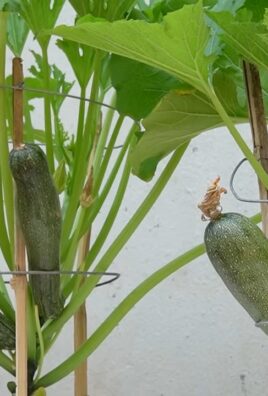
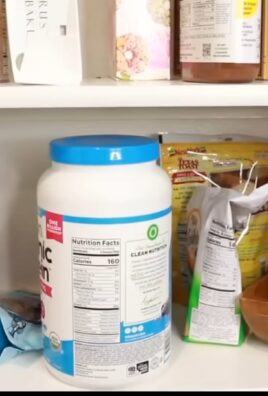
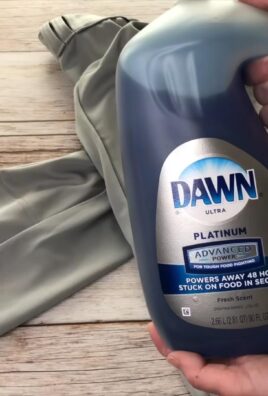
Leave a Comment